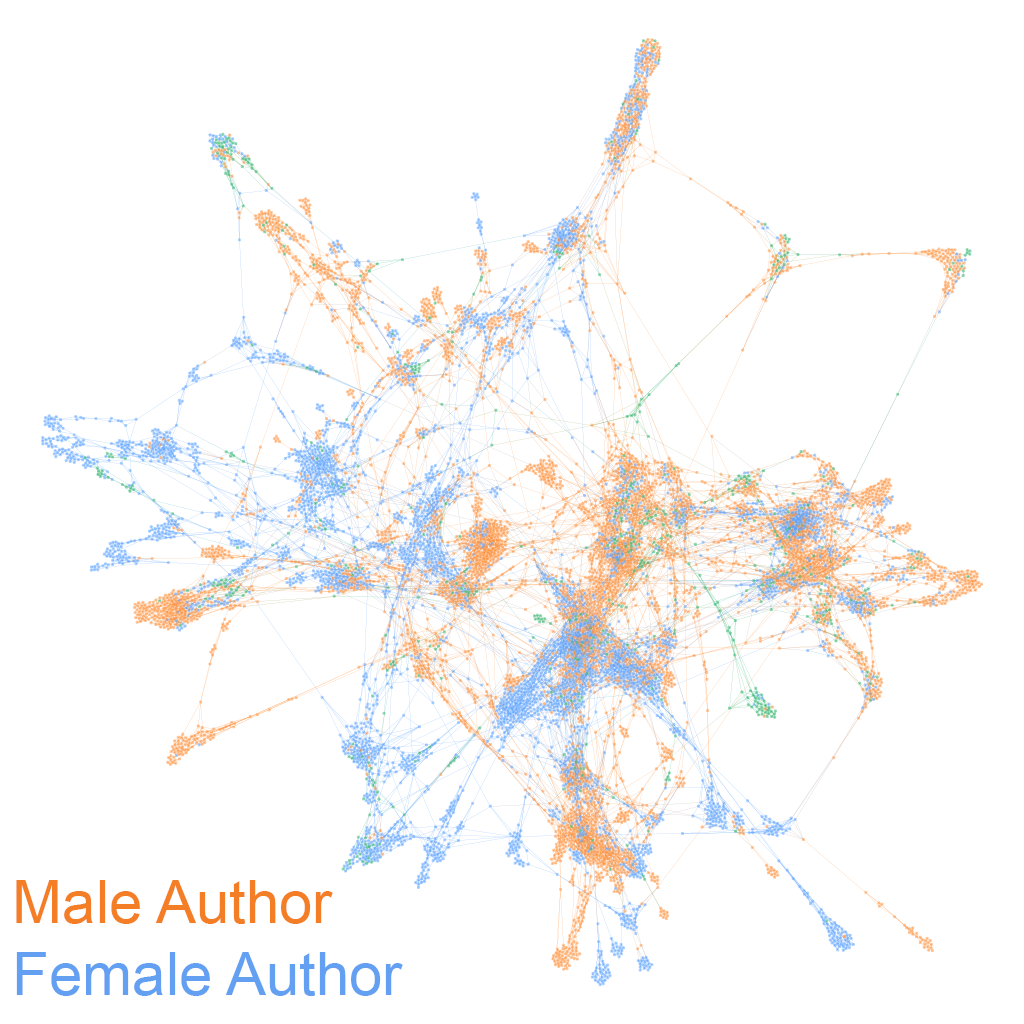3 Results - Genre
3.2 Character gender by genre
Graphs get messy, so I made a table showing the number of books written by male and female authors in each genre (fig 3.3). In addition, the character gender ratio varies substantially across both author gender and genre (fig 3.4).
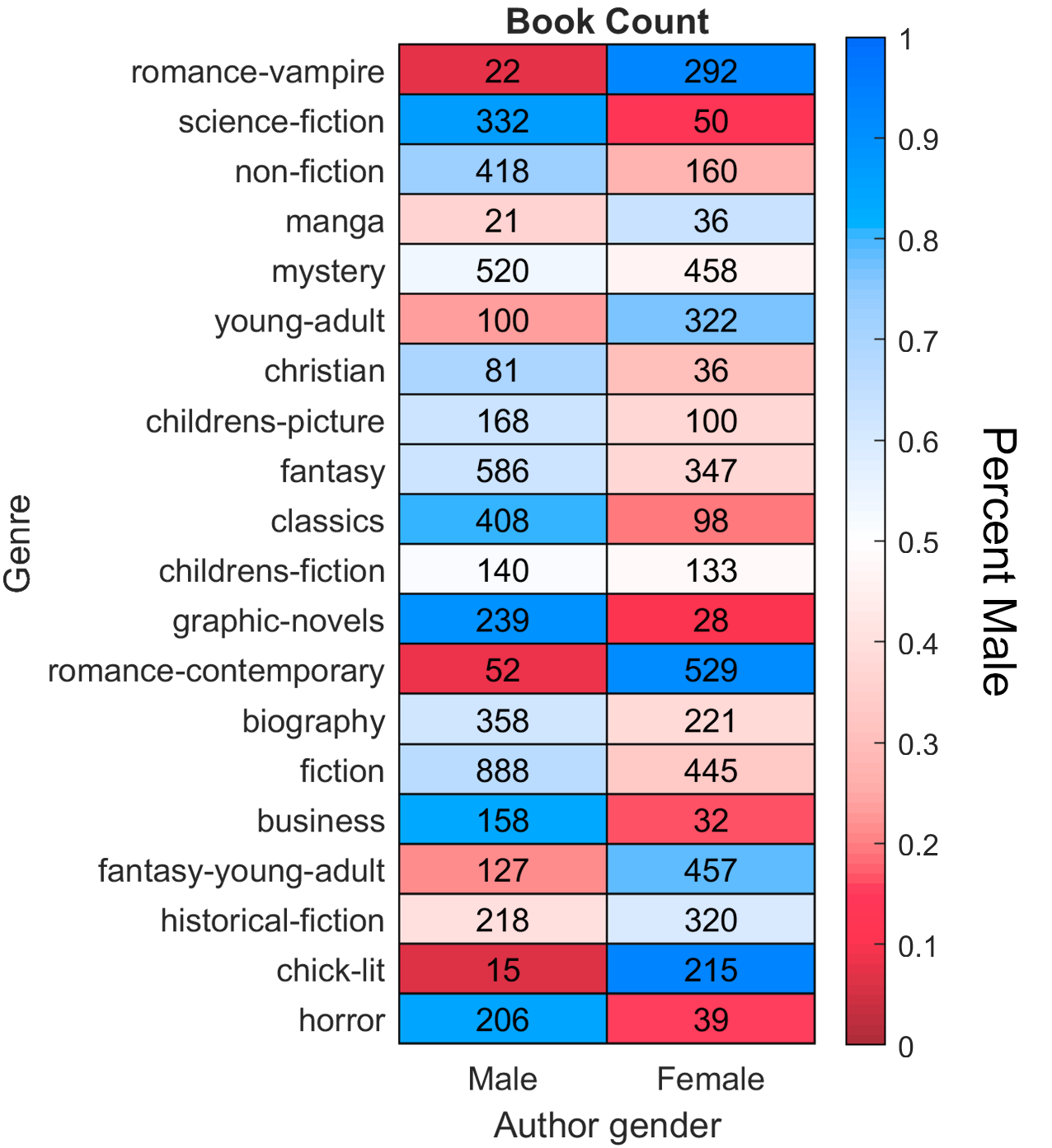
Figure 3.3: Author gender discrepancy by genre.
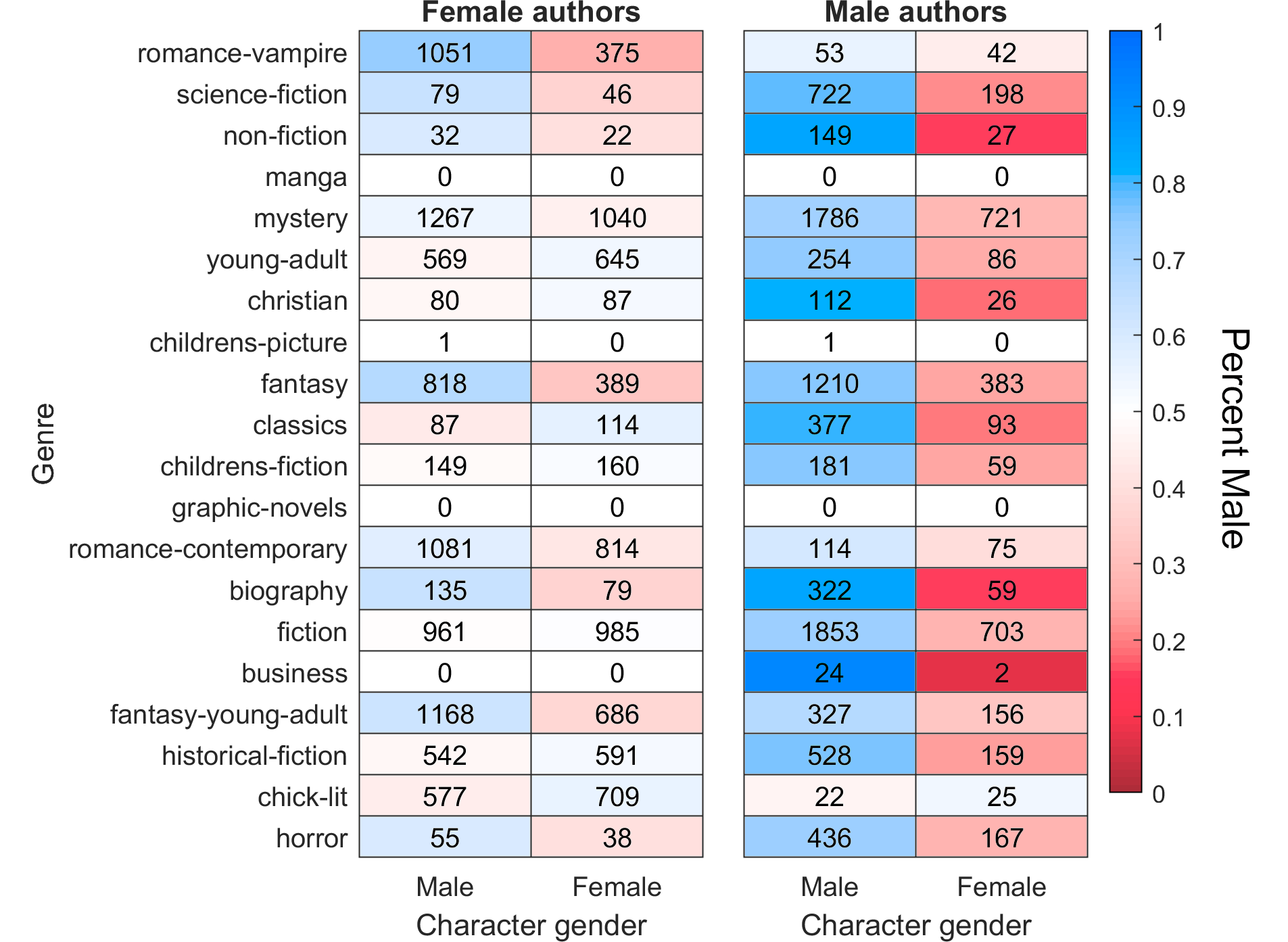
Figure 3.4: Character gender discrepancy by author gender.
3.4 Character frequency
Female minor characters are relatively underrepresented, as shown by a slightly reduced proportion of characters that make fewer appearances in the text (fig 3.6). This might reflect the concept of “male-as-default”, where non-gender-specific characters are generally portrayed as male.
Additionally, male characters are more frequently written as the subject (nsubj) of a sentence than a object (dobj), relative to female characters 3.5). Both of these differences were larger in male authors.
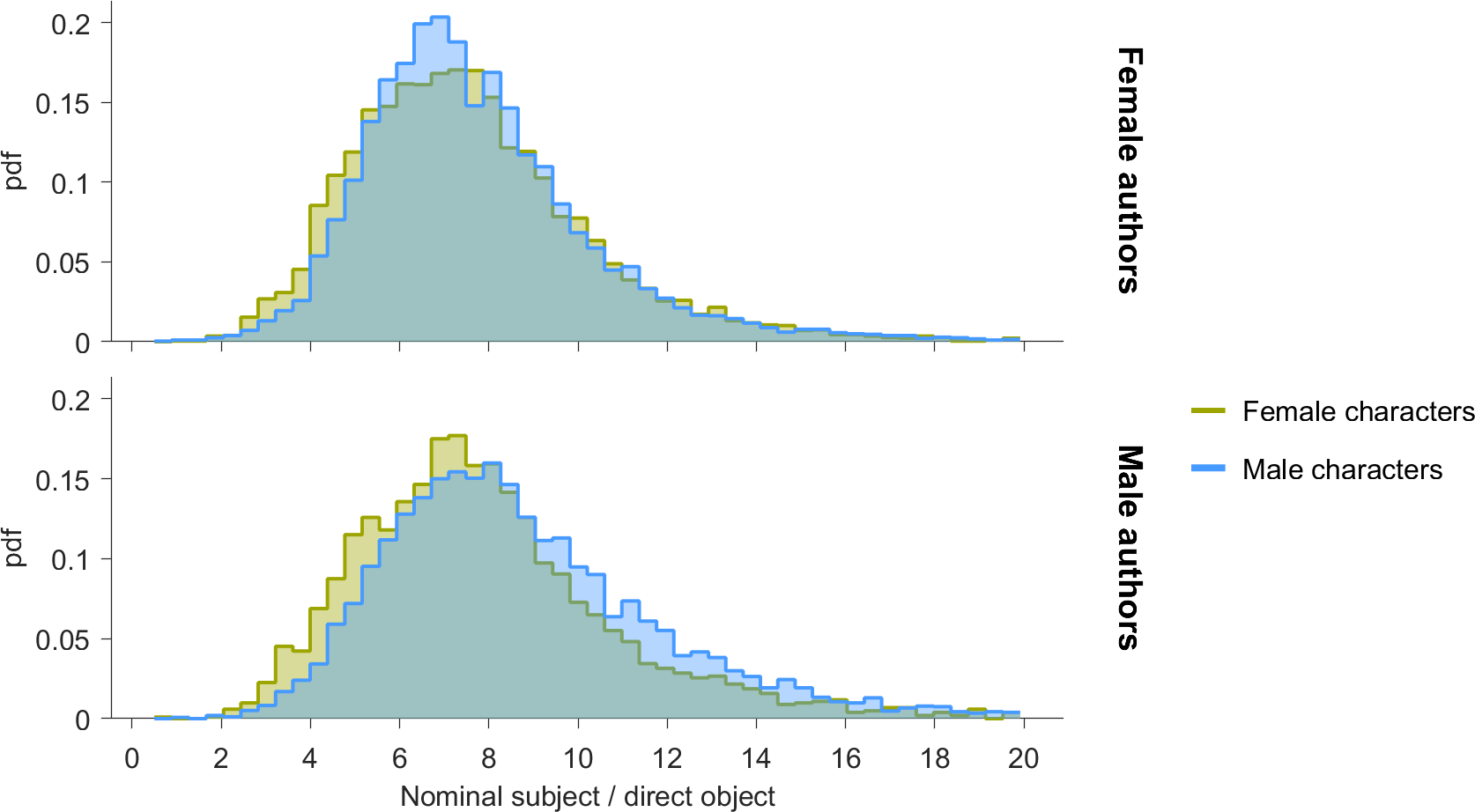
Figure 3.5: Ratio of characters as subject vs object.
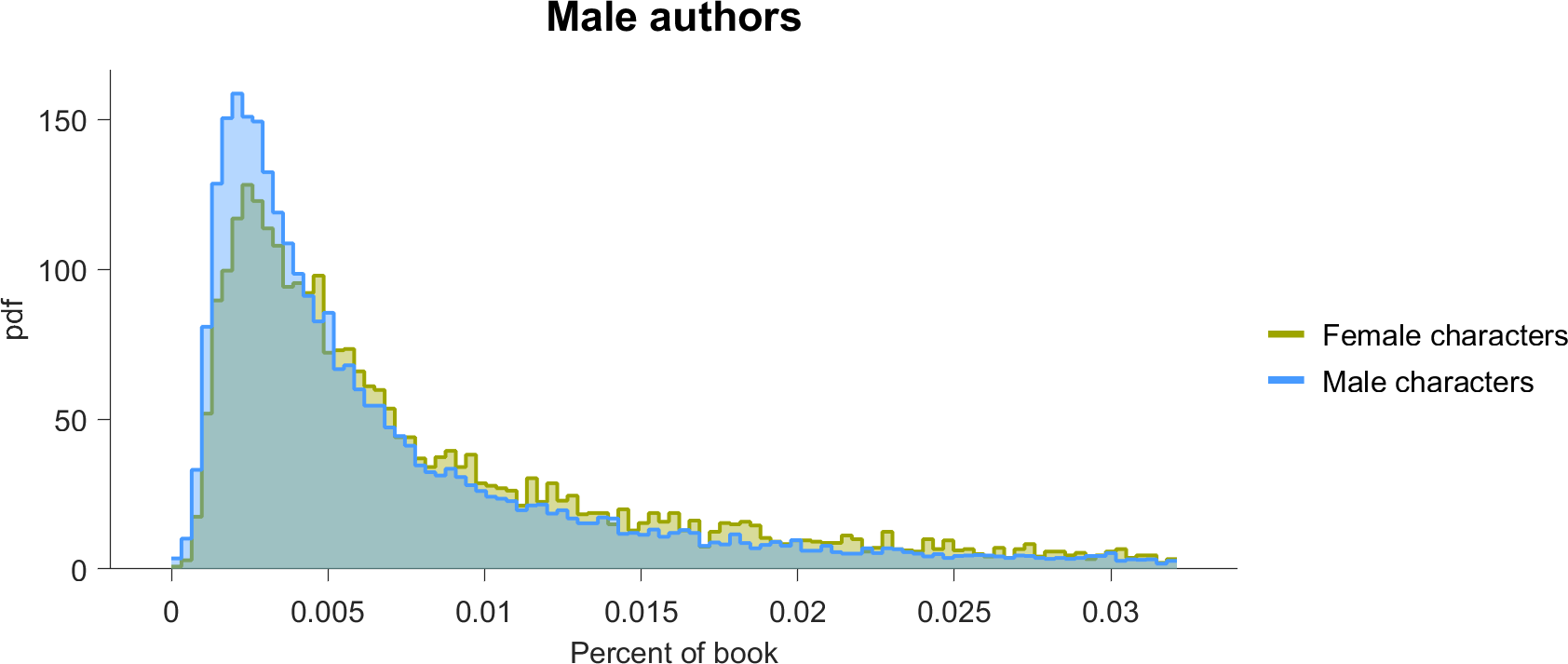
Figure 3.6: Distribution of characters as percentage of total words.
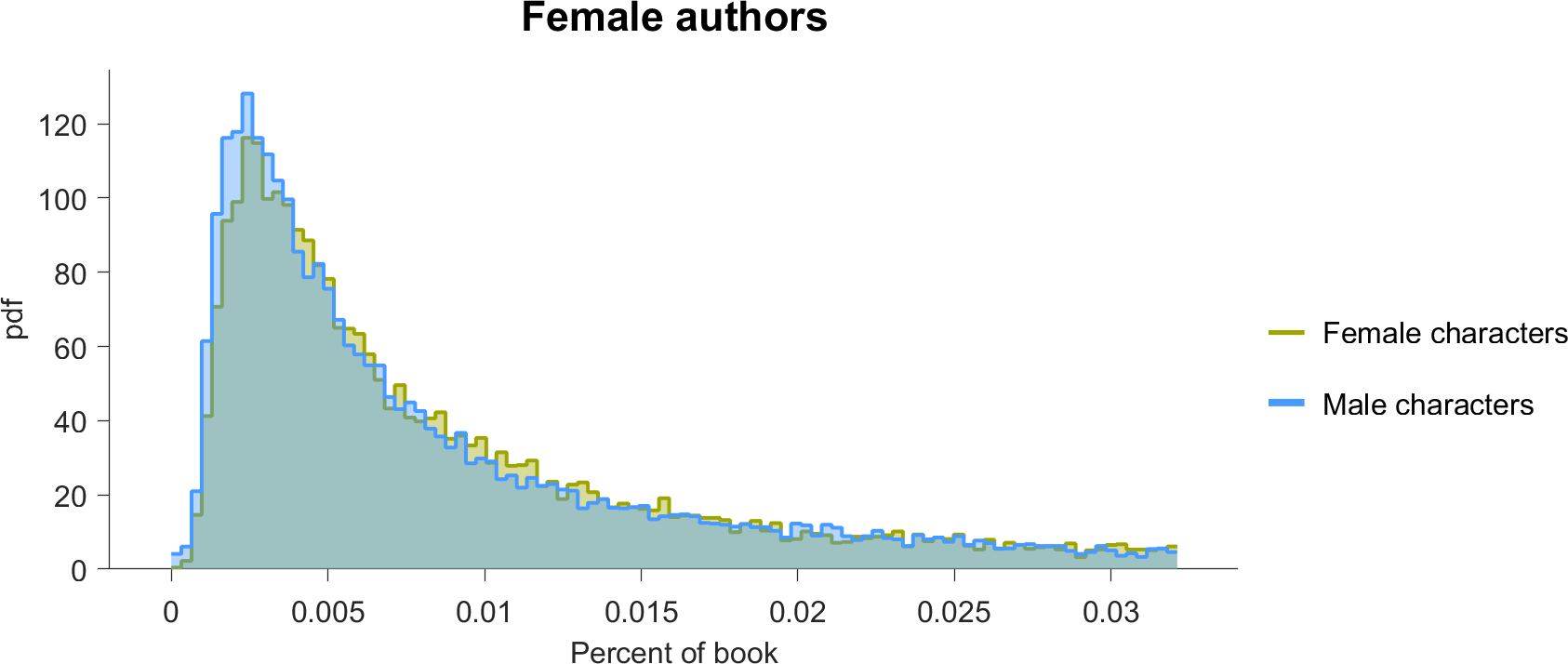
Figure 3.7: Distribution of characters as percentage of total words.
